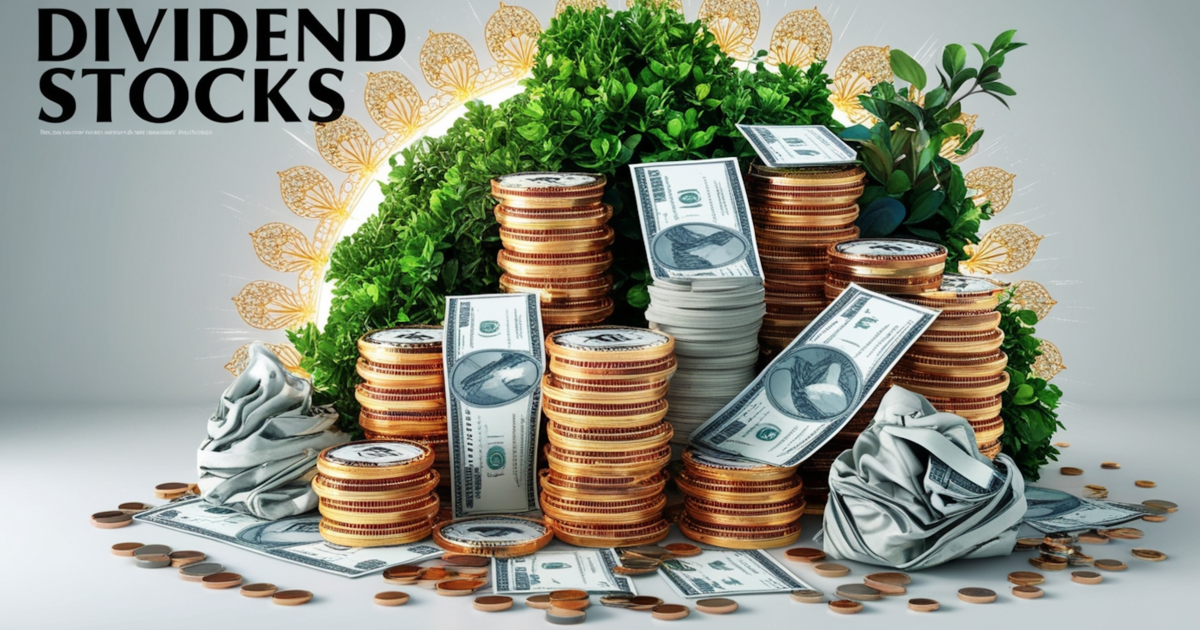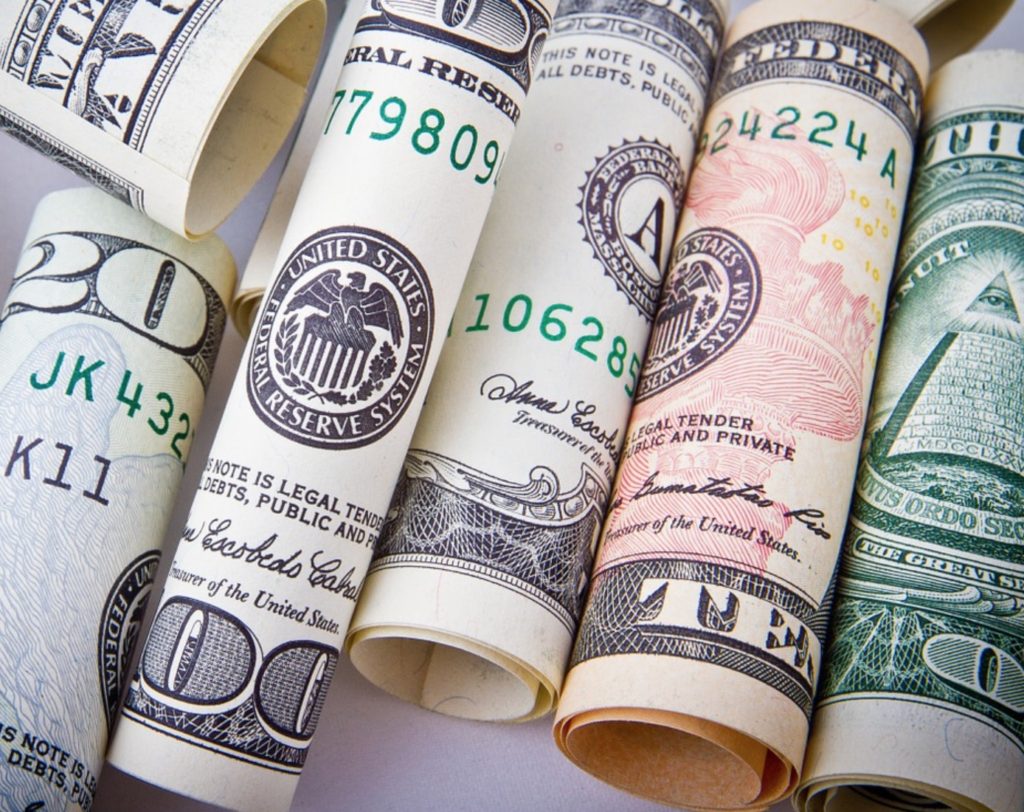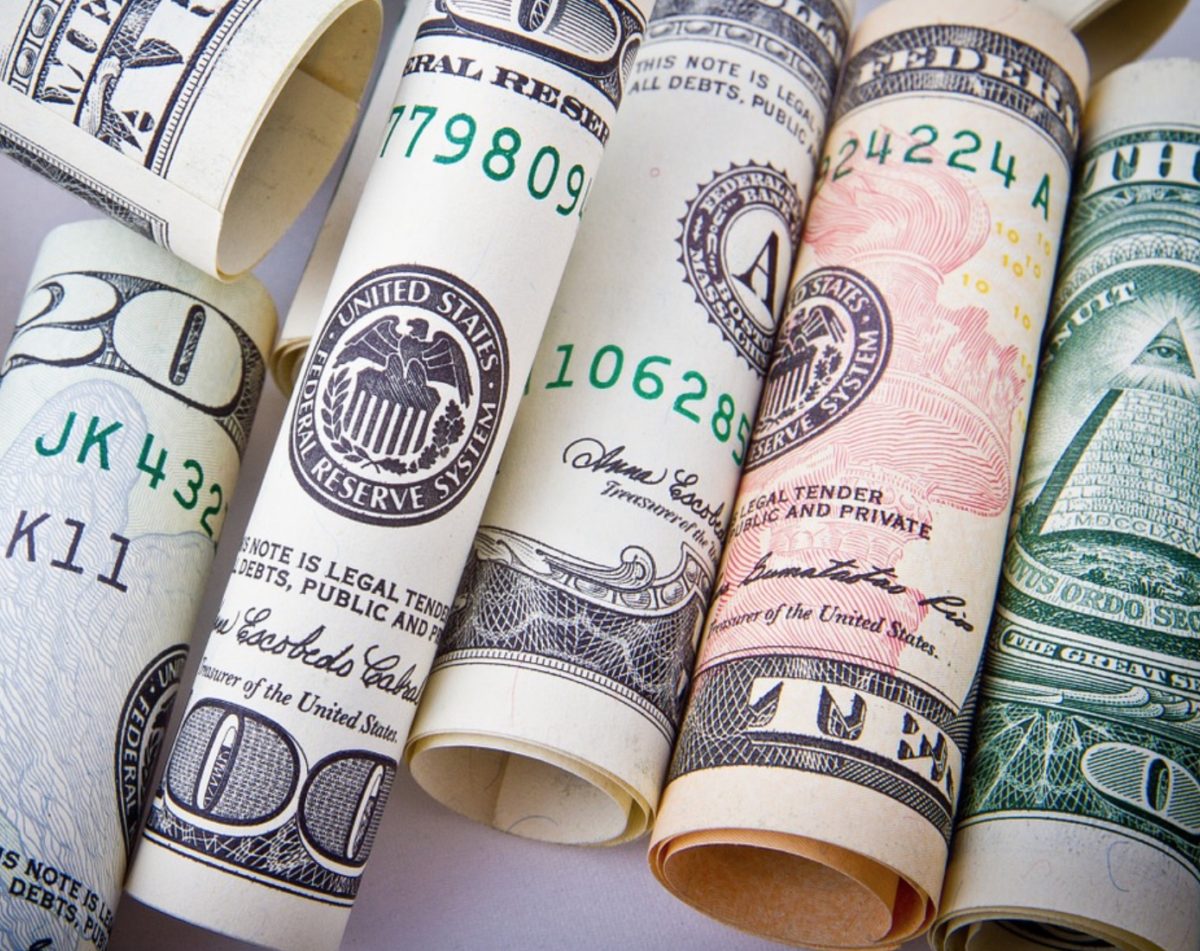by Fred Fuld III
Business Development Companies (BDCs) are unique investment vehicles designed to support small and mid-sized businesses by providing them with capital. These firms typically operate similarly to private equity funds, investing in a range of companies at various stages of development.
The primary aim of BDCs is to generate income for their shareholders, which they do primarily through dividend payouts. Given their structure and regulatory requirements, BDCs must distribute at least 90% of their taxable income to shareholders, making them attractive options for income-seeking investors. Here, we explore some of the top BDC stocks based on their dividend yields: TriplePoint Venture Growth BDC (TPVG), TCP Capital Corp. (TCPC), OFS Capital Corporation (OFS), and Runway Growth Finance Corp. (RWAY).
TriplePoint Venture Growth BDC (TPVG) has established itself as a prominent player in the BDC sector, focusing on providing financing solutions to venture capital-backed companies. As of recent financial reports, TPVG has demonstrated robust growth, driven by its strategic investments in high-growth sectors.
The company’s quarterly dividend is competitive, with a current yield hovering around 17%, including bonus dividends. Recent financial results indicate that TPVG’s net investment income has been on the rise, reflecting its effective portfolio management and the strong performance of its underlying investments. Earnings per share grew 57% year over year. The stock is trading at 78% of book value, however, it has a very low market capitalization of $274 million.
With its commitment to supporting innovative businesses, TPVG is well-positioned to continue generating substantial returns for its investors.
TCP Capital Corp. (TCPC), with a market cap of $695 million, is another noteworthy BDC, known for its focus on investing in middle-market companies. The firm has been successful in maintaining a consistent dividend payout, currently offering a trailing yield of approximately 16.75%%, which includes extra dividends. Recent earnings reports highlighted TCP’s solid credit quality and prudent investment strategy, which have contributed to a stable income stream. The stock is trading at 80% of book value.
Furthermore, the company has been actively managing its portfolio to mitigate risks associated with economic fluctuations. TCP’s commitment to its shareholders is evident through its history of regular dividend increases, making it an appealing choice for those looking for reliable income.
OFS Capital Corporation (OFS) specializes in providing debt and equity financing to small and mid-sized businesses, particularly in the United States. With a current dividend yield nearing 16.6%, OFS stands out for its consistent payout history and focus on credit quality. Recent financial disclosures revealed that OFS has maintained a healthy balance sheet, with a diversified investment portfolio that mitigates risk while capturing growth opportunities. The stock is selling for 71% of book value.
The company’s proactive approach to portfolio management and its emphasis on generating stable income make it an attractive option for dividend-focused investors. However, the company has a market cap of only $110 million, which is extremely low and should be considered very speculative.
Runway Growth Finance Corp. (RWAY) rounds out our list, catering to growth-stage companies in technology and other high-growth sectors. It has a fairly low market cap of $395 million.
RWAY offers an appealing dividend yield of around 15.6%, backed by its strategic investments in innovative firms poised for expansion. Recent financial performance shows that Runway has successfully navigated market challenges, maintaining a solid net investment income and a diverse portfolio. The price to book ratio is 0.78.
Runway’s focus on sustainable growth and consistent dividend payouts makes it a valuable addition to any income-seeking investor’s portfolio.
In conclusion, BDCs like TriplePoint Venture Growth BDC, TCP Capital Corp., OFS Capital Corporation, and Runway Growth Finance Corp. offer investors attractive dividend yields while supporting the growth of small and mid-sized businesses. As always, potential investors should conduct thorough research and consider market conditions before investing.
Disclosure: Author didn’t own any fo the above at the time the article was written.









